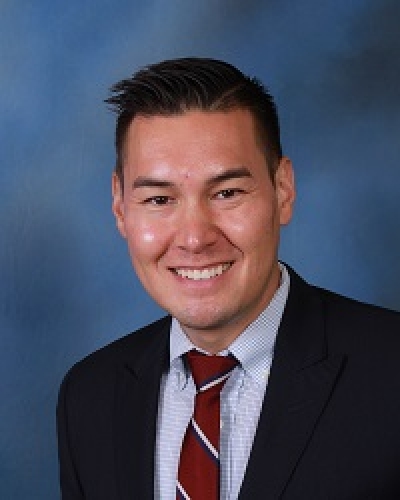When someone asks me what I do, my answer is usually pretty short and vague. “I’m a physician.” “I’m a pediatric cardiologist.” “I work in an ICU.” This is frequently enough detail to move the conversation along to other topics and I rarely dwell on the nitty gritty of what I actually do at work.
However, recently, I’ve noticed that when physicians, nurses, or other healthcare providers ask what I do, my vague response is seldom enough. Many are very curious, but have no clue what the scope or responsibilities of my subspecialty actually are. Someone even recently asked, “So, do you just follow the surgeons around all day and help them take care of their patients?”
This lack of awareness is partially because it’s such a relatively young subspecialty, though it continues to grow rapidly. It doesn’t fit what people think of when they envision other realms of perioperative care. Many people are used to systems where patients are primarily cared for by their surgeons in the perioperative period. There are also vast differences in the way that congenital heart centers are structured, which affects how adult cardiology care and pediatric cardiology care are delivered differently. The complexity and varied physiologies of congenital heart surgery patients is also quite different from the adult cardiac surgical population.
Another reason is because there are so many different ways to become a pediatric cardiac intensivist. Based on the history and development of our subspecialty, we have sprouted from the convergences of multiple different fields; cardiac intensivists can bloom from various taxonomies including pediatric cardiologists, pediatric intensivists, neonatologists, anesthesiologists, and surgeons. The training pathways are varied, but our ultimate job description remains the same: to care for critically ill pediatric and adult congenital patients with heart disease.
Of course, this is an oversimplification. Because of the heterogeneity and newness of pediatric cardiac critical care, the scope of practice and care delivery models can be different from center to center. In some centers, there isn’t a dedicated cardiac ICU and pediatric intensivists care for cardiac patients at the same time as they manage traumatic brain injury and liver transplant patients. In others, cardiologists primarily manage these patients with occasional consultation from critical care. In such a diverse specialty, it’s actually quite difficult to say definitively what exactly a pediatric cardiac intensivist does.
However, our field is currently in the stage of development where we are striving for more standardized and formalized training curricula and well-defined competencies. With more regionalization of care and new dedicated cardiac intensive care units opening up with the expectation in many centers for 24/7 in-house attending coverage, we will need more young physicians to commit to undergoing the training required to become pediatric cardiac intensivists. And it may be difficult to convince people to train for 7-8 years after medical school without firm agreement on the legitimacy and scope of the field.
Accordingly, I am currently working with a team on a mixed-methods study to define entrustable professional activities for our field (essentially, the core responsibilities expected of those who practice independently). Hopefully, soon we will have a well-established and broadly accepted answer to the question, “what does a pediatric cardiac intensivist do?

David K. Werho, MD is an Assistant Clinical Professor at the University of California San Diego and a Pediatric Cardiac Intensivist at Rady Children’s Hospital – San Diego. His research focuses on pediatric cardiac ICU outcomes as well as interventions and curriculum development in medical education. He tweets @DWerho and contributes to the Pediatric Cardiac Intensive Care Society Newsletter as editor and contributor.